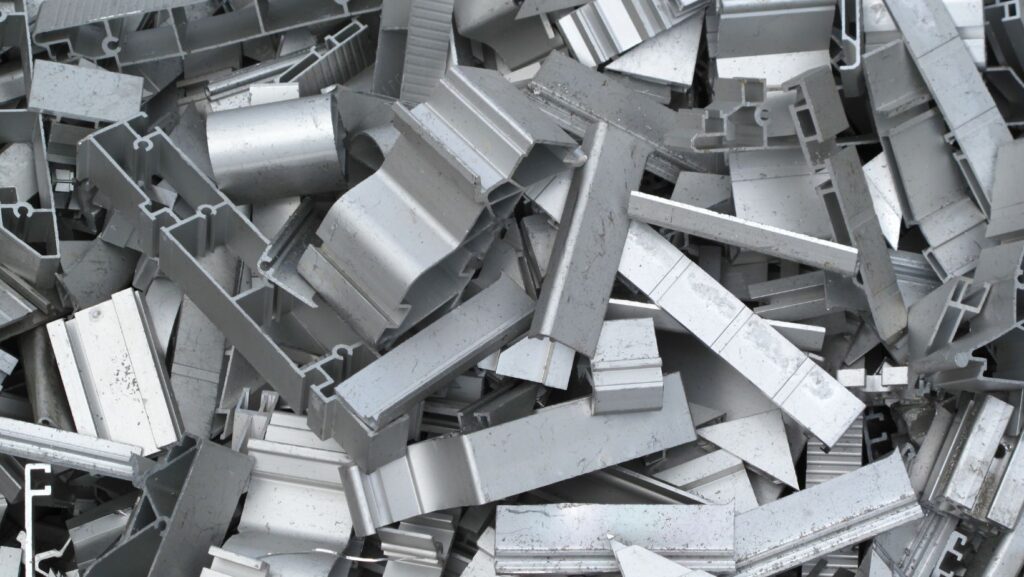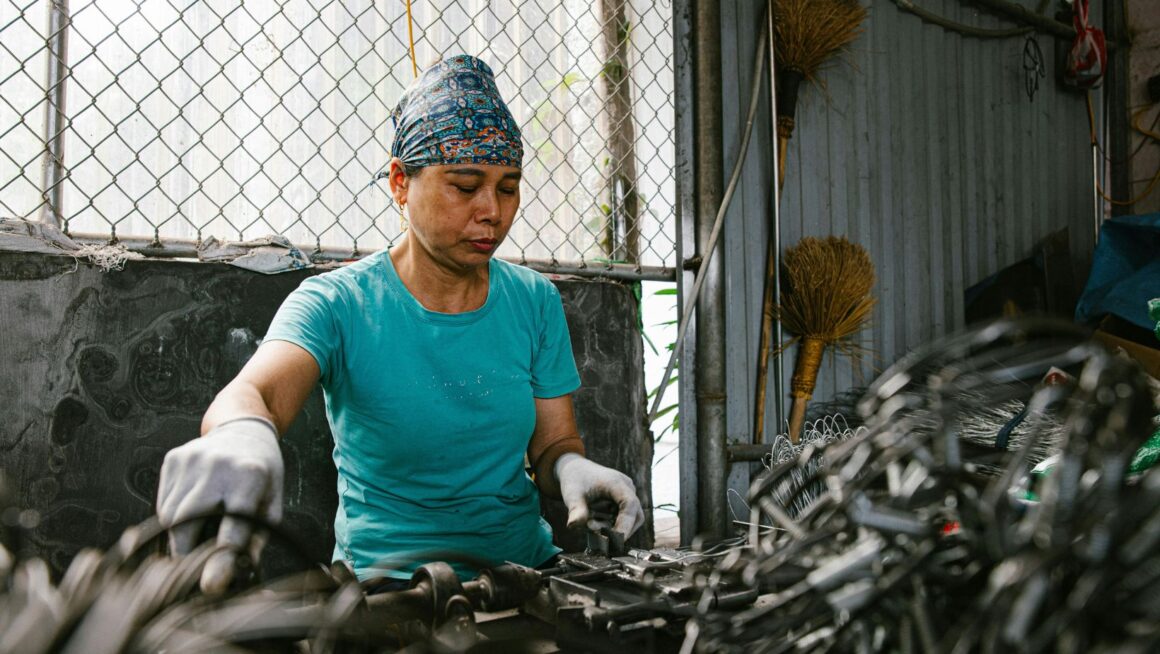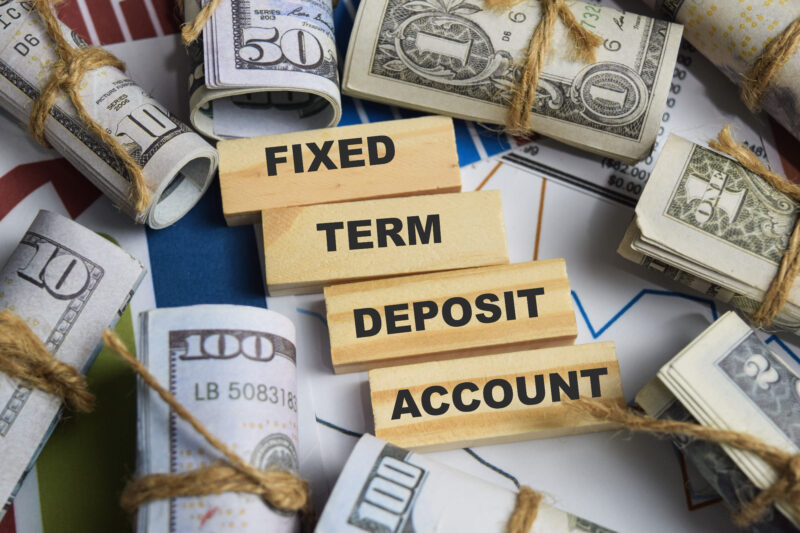
Let’s set the scene:
You’re sweating in the Texas heat, unloading a truck bed full of tangled wire, dented aluminum panels, and what might’ve once been part of a dishwasher. You hand it over, weigh in, cash out. Boom. You’re done.
Or are you?
Ever wonder what happens after your pile of scrap disappears into the bowels of a recycling yard? Is it melted down immediately? Shipped to a secret underground foundry? Thrown into a robot-powered sorting machine straight out of a sci-fi flick?
Not quite. But close.
Here’s what really happens after you drop off your metal at a place like Austin metal recycling.
Spoiler: it’s cleaner, cooler, and more sustainable than you think.
Step 1: The Chaos Gets Categorized
You see a heap of rust and regret. They see opportunity.
As soon as your metal hits the yard, it’s sorted—ferrous from non-ferrous, clean from dirty, copper from “that weird alloy you found behind your shed.”
There are tools involved—magnets, analyzers, sharp-eyed staff who can tell the difference between #1 and #2 copper like they were raised on it.
Sorting matters. Why?
Because clean, separated metal = more valuable metal.
Because no manufacturer wants a mess.
Because Gardner’s crew knows that organized scrap gets top-tier offers from buyers down the line.
Step 2: Shred, Shear, Strip, Repeat
Now comes the part where the metal gets… worked.
- Copper wire? Stripped of insulation.
- Sheet metal? Baled into neat cubes.
- Rebar? Sheared into manageable chunks.
- Large parts? Shredded like last week’s to-do list.
This stage is messy, loud, and kind of amazing—turning chaos into clean, processable material that’s ready for manufacturers.
Think of it like grooming for scrap. The better it looks leaving the yard, the more it’s worth.
Step 3: Off to the Melters (AKA The Real Money Moves)
Once processed, your metal gets sold to:
- Steel mills
- Foundries
- Smelters
- Manufacturing plants
- Sometimes international buyers with deep pockets and big furnaces
It’s melted, molded, and reintroduced into the market as… whatever comes next. Maybe that twisted copper wire becomes a smartphone component. Maybe that busted lawn chair ends up as part of a new bike frame.
Your scrap lives again. Just shinier this time.
Step 4: Keeping It Legal (Because Texas Doesn’t Play)
Behind the scenes, there’s paperwork. Lots of it.
Responsible metal recycling in Austin isn’t just about hauling and melting—it’s also about staying compliant:
- Photo ID verification for sellers
- Reporting regulated materials (like catalytic converters)
- Transaction logs
- Environmental protocols
Reputable facilities like Gardner Metals do it right. Because cutting corners isn’t just shady—it’s expensive, risky, and, frankly, a waste of good metal.
Step 5: The Sustainability Loop (AKA The Good Stuff)
Here’s the part people forget: metal is infinitely recyclable. It doesn’t degrade like plastic. It doesn’t get weaker with reuse.
Every time you recycle:
- You reduce the demand for mining (which is a dirty business)
- You keep waste out of landfills
- You cut down on emissions from manufacturing raw metal
- You support a closed-loop economy where nothing goes to waste

So yeah. That busted washing machine? It’s doing the planet a solid right now.
Bonus Round: How to Be the Hero of the Yard
Want to make your metal and your experience more valuable?
Do this:
- Sort before you haul (aluminum cans and copper pipes don’t belong together)
- Strip wires and attachments if possible
- Keep it dry—wet metal weighs weird and rusts fast
- Ask about current pricing (market rates change, and timing matters)
Yard staff will appreciate you. Your payout might even improve. And let’s be honest—you’ll feel like you know what you’re doing. (Because you do.)
Final Thought: That “Junk” Isn’t the End—It’s the Start of Something New
You might see old scrap. But the folks at Gardner Metals see raw potential.
They don’t just collect your leftovers—they process, transform, and launch them back into the world as something useful, valuable, and sustainable.
So next time you drop off a heap of scrap and think, “Glad that’s gone,” take a second to appreciate where it’s headed. It’s not just out of your life. It’s into the cycle—ready to be reborn, reused, and revalued.
Junk? Please. That’s future inventory.







